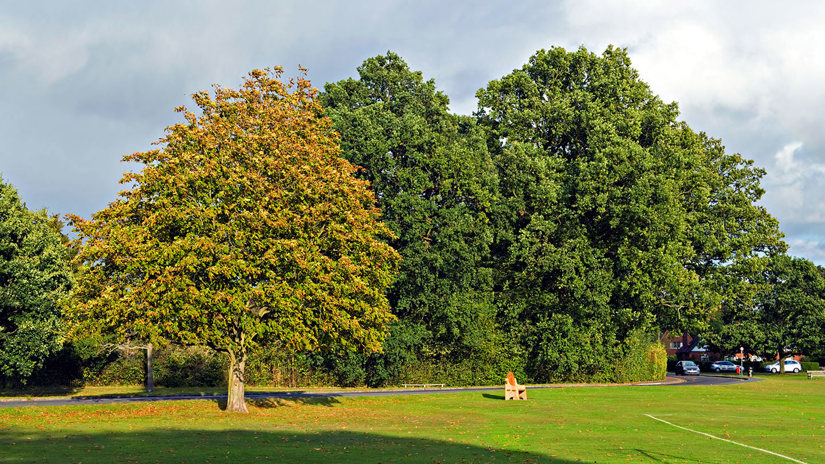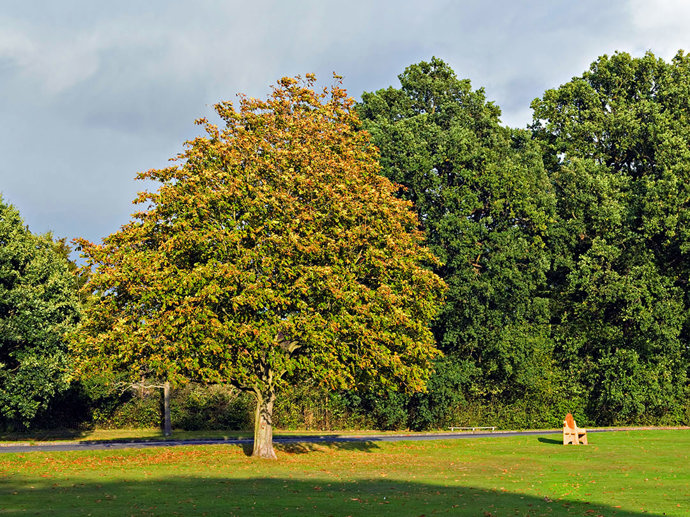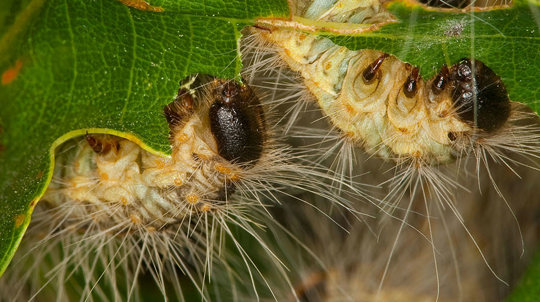What impact will the Asian and citrus longhorn beetles have?
Trees infested by the beetles are killed slowly over a number of years as the population builds up. Management of the pests during an outbreak involves felling of thousands of trees to stop it spreading. Asian longhorn in particular is causing serious problems to trees in the United States since its introduction in 1996.
As the climate continues to warm, these species will be able to establish more easily and quickly in the UK because the climate will become more like the climate from which they originate, therefore the problem is likely to get worse. These beetles are often intercepted by port authorities around Europe so it is only a matter of time before they are introduced again.












